The rather worn looking baking pan in the photo above likely does not mean anything to you.
To me, it represents many of the best memories of my paternal grandmother. This is the pan she used to bake cornbread. Many Sunday family dinners were spent at her house, and it was a lucky day for me when she made a pan of fresh, hot cornbread. Others in my family preferred her homemade yeast rolls, but cornbread was always my choice! She would cut it into squares and stack it two pieces high on a serving plate. The slightly thinner, crispy corner pieces with melted butter were the best. I can almost taste it still!
Grandma gave me the recipe more than once, but my attempts just never tasted the same as when she made it in this pan. I once asked her about the origins of the pan. She didn’t have a clear recollection of where it came from or why she used it – other than it fit well in her small countertop oven, which she preferred using because it didn’t heat up the whole house like her full-sized oven.
I clearly remember a day when we arrived at her home, and I tried to surreptitiously determine if she had made cornbread. Not seeing any, I decided to ask her about it (as if it could have been hidden in her small kitchen!) She said, “No, I didn’t make any today.” She then glanced up at the clock and with a sly grin on her face said, “But, I think if we hurry, we can probably whip up a batch just in time.”
She loved hot cornbread just as much as I did! This pan holds such sweet memories it was the only thing of hers I asked our family for when she passed away several years ago.

These memories, written into the text above, are a part of my grandmother’s cornbread pan. This is an example of artifactual literacy – a concept which claims that artifacts are objects that embody the stories and identities of an individual’s life experiences, and that these objects can be an important part of literacy development for marginalized students.
Let’s get a little scholarly for a moment…
Some scholars think of literacy as a thing. They contend that literacy is an objective skill with predetermined steps for development that result in a standard level of performance. When this standard is reached, the bearer is guaranteed particular societal and economic benefits. Learn these skills = You’re a reader. Learn to read = Get a job/Make a living.
Although it’s true most jobs require a certain level of literacy skills, being literate in any language does not provide guaranteed employment or a living wage in the jobs that are available.
Determining the “standard level” of literacy is not so clear cut either. What is “literate enough”? Reading at a third grade level? The sixth grade? The twelfth grade? The answer is – it depends!
Other scholars view literacy as situated in social contexts. With this mindset, you could say a person is literate in one situation, but not in another. The skills connected to literacy are perceived as much broader than decoding black text on a white page. Literacy is what a particular society deems it to be, and it is multimodal, consisting of more than letters on the page.
Conceiving of literacy through this second view allows for the recognition of artifacts as important to this discussion. Artifacts, or objects important to a person’s life, can actually serve as a bridge between home and school (Pahl & Rowsell, 2010); between the types of literacy valued by traditional schooling and those used in everyday life.
Artifacts in Context
The artifacts in a student’s life have been woven into their memories, thus they contain stories of both the creator/owner and the context. When I was writing the story above, I pictured my grandmother’s home and the table at which we sat to eat. The stories occurred in a particular time and place. Thus, artifacts provide storytelling opportunities that educators can draw upon to support students’ literacy development.
Storytelling can happen orally, in print, through drawings, or in digital creations. By welcoming valued artifacts into the classroom, educators allow opportunities for outside of school, or non-English, literacy practices to have a privileged place in the classroom. Artifacts provide opportunities to explore all four language domains because of their meaningful link to students’ everyday lives and cultural backgrounds. They allow marginalized students to demonstrate their knowledge and expand it into the new setting of school while they bridge to the traditional literacy practices required in schooling today.
Next week…
I’ll discuss a few ideas for incorporating artifacts into your literacy teaching.
For more information about this subject, you can check out Artifactual Literacies: Every Object Tells a Story by Kate Pahl & Jennifer Rowsell. It’s available on Amazon.
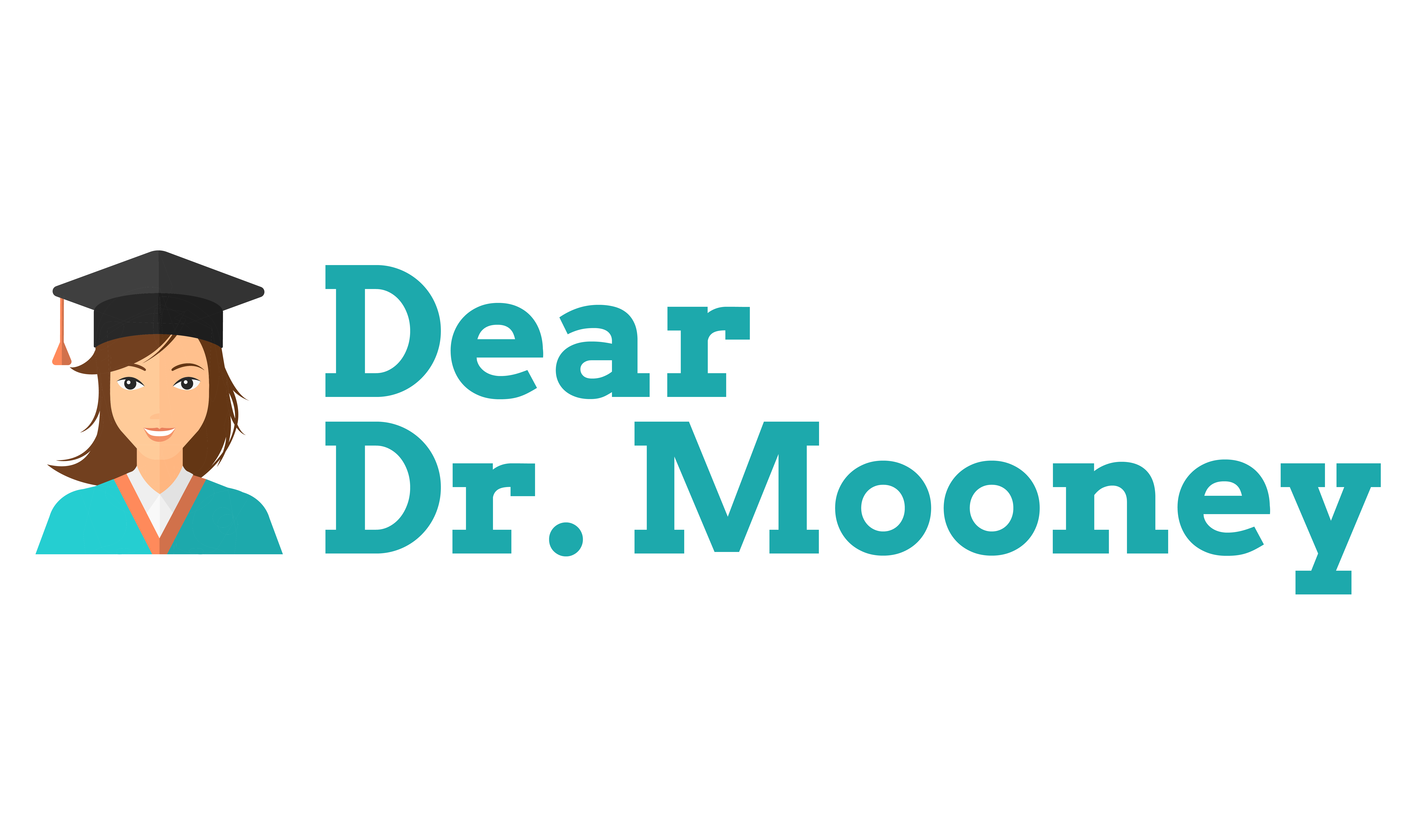

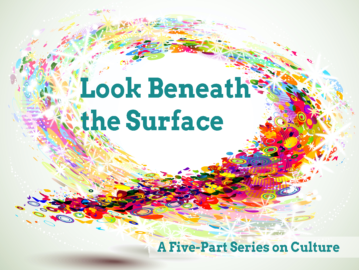
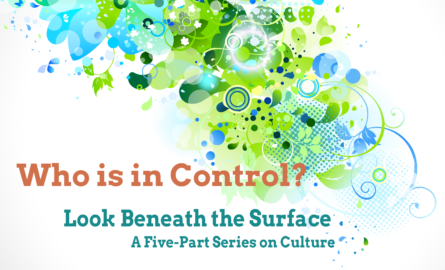
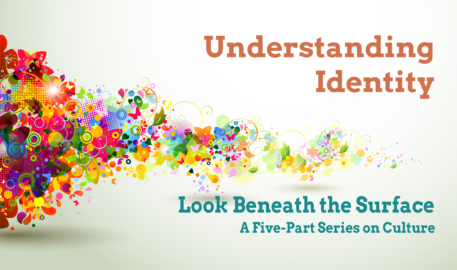
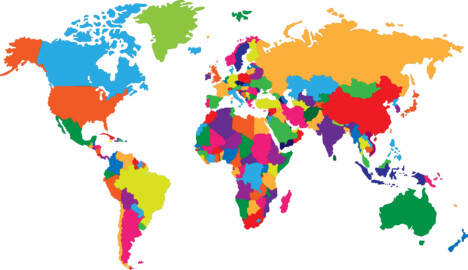

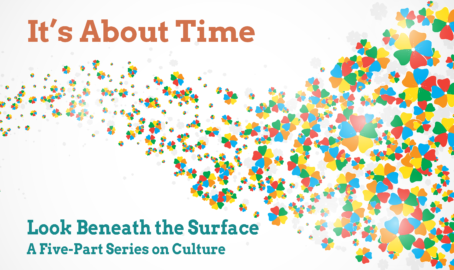
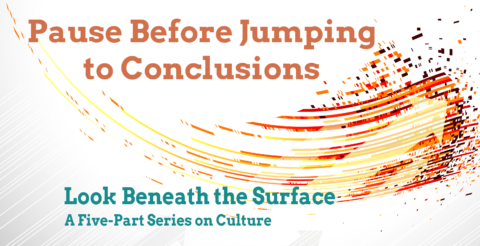

Comments are closed.
[…] week, I talked about artifactual literacy and how artifacts, like Nick’s Pokémon cards, could be a bridge to the traditional literacy […]